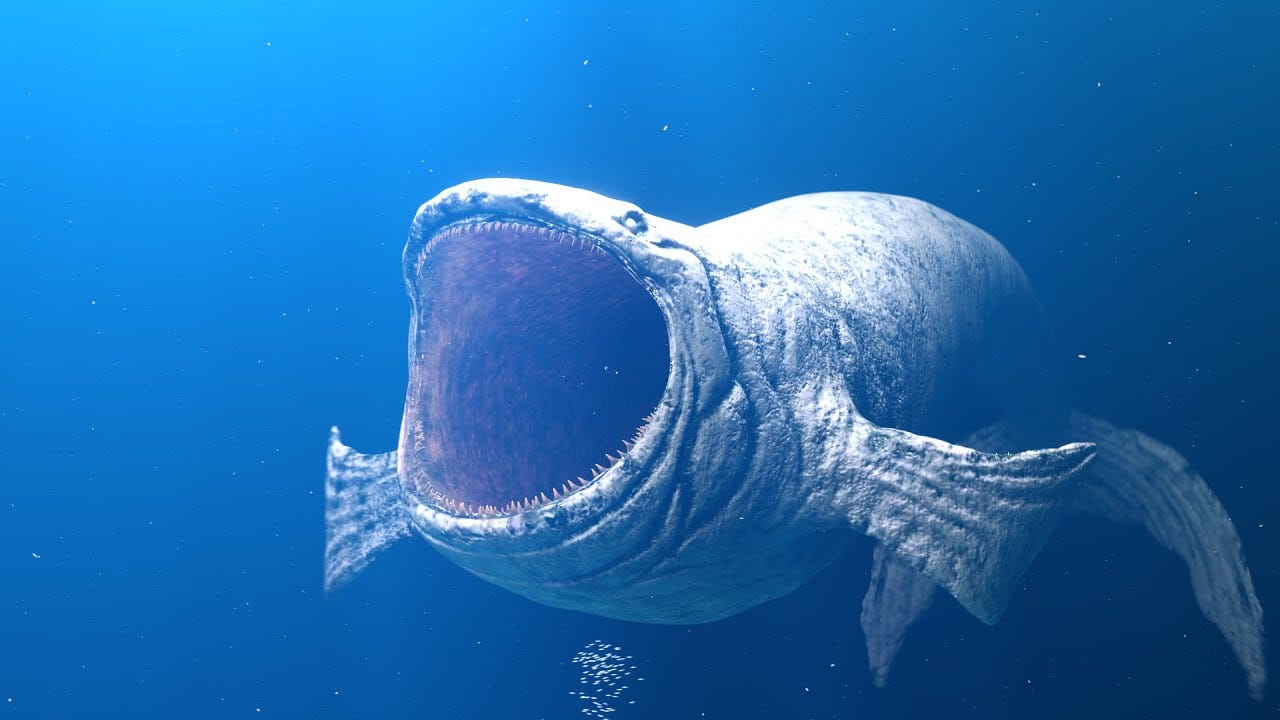
when Horror Yearbook – The Bloop Phenomenon began in 1997 when the National Oceanic and Atmospheric Administration (NOAA) recorded an ultra-low frequency underwater sound in the South Pacific Ocean. The sound was captured by an array of hydrophones placed across thousands of kilometers. Its volume and pitch baffled researchers. The audio signal resembled that of a living organism. It was heard by devices over 5,000 kilometers apart. This made it one of the loudest underwater sounds ever recorded. Curiously, the pattern of the sound differed from that of seismic activity or artificial interference. A name was quickly coined: “The Bloop.” This sparked global curiosity and fueled speculation ranging from giant sea creatures to secret military tests. Since then, the mystery of The Bloop has inspired myths, urban legends, and ongoing scientific debate.
Oceanographers initially believed the noise was biological in origin. The organic-like waveform stood out from known geological or mechanical recordings. Some researchers compared it to the vocalization of a whale, albeit much louder and lower in frequency. However, no known marine creature could have produced a sound of such magnitude. Some dismissed the idea of a creature entirely. A theory was later proposed by NOAA: the sound may have originated from icequakes. These occur when massive icebergs fracture or shift, generating vibrations underwater. It was suggested that The Bloop might have come from such an event. This hypothesis gained support due to similar sounds recorded near Antarctica in subsequent years. Despite this, conclusive evidence remained elusive. Icequakes could not fully replicate the sound’s organic structure. Scientific journals published speculative papers. Audio comparisons were studied again. Still, a definitive match to any known source was never confirmed.
“Read about: Abigail: The Forbidden Experiment Turned Mysterious Creature”
Outside the scientific community, The Bloop took on a life of its own. Cryptid enthusiasts and conspiracy theorists quickly entered the scene. The idea of a deep-sea leviathan captivated imaginations worldwide. Some claimed it was Cthulhu, H.P. Lovecraft’s fictional cosmic entity, stirring from the depths. Others speculated about prehistoric megafauna ancient creatures surviving beneath the ocean’s unexplored zones. Memes and internet stories flourished. Videos were uploaded on platforms like YouTube, mixing facts with fear. In online forums, the sound was attributed to secret military experiments or unidentified submerged objects (USOs). This gave rise to modern oceanic folklore. Fiction writers and filmmakers referenced The Bloop in horror stories and games. Pop culture cemented its place as an unsolved mystery. Though scientific explanations existed, belief in the unknown persisted. The human mind often fills gaps with legends where data falls short.
“Read more: Harnessing Micro-Habits: How Small Daily Changes Lead to Big Life Transformations”
Advancements in underwater acoustics and satellite imaging have enhanced detection capabilities since 1997. Scientists now use instruments that deliver clearer spectral analysis and pinpoint sound sources more accurately. Engineers have deployed new hydrophone arrays across broader ocean regions. Researchers analyze data with modern software but still struggle to classify The Bloop precisely. Machine learning systems now separate biological, geological, and artificial sounds based on trained datasets. Yet, The Bloop stands apart as a distinct and unmatched audio signature.
Teams at global research facilities monitor deep-ocean frequencies continuously. In 2022, NOAA reported updated findings that pointed toward the Bransfield Strait near the Antarctic Peninsula. Observers linked the sound to ice movements in that area. Analysts still found no full match between these sounds and the 1997 Bloop recording. In 2024, scientists launched DEEP-ECHO, an AI-powered acoustic initiative designed to document mysterious underwater phenomena. This project added The Bloop to a growing archive of over 400 unexplained oceanic sounds. Oceanographers continue to face limits in deep-sea exploration. Much of the ocean remains beyond the reach of current technology. Future missions may reveal new information, but The Bloop continues to hold its legendary status without a clear scientific explanation.